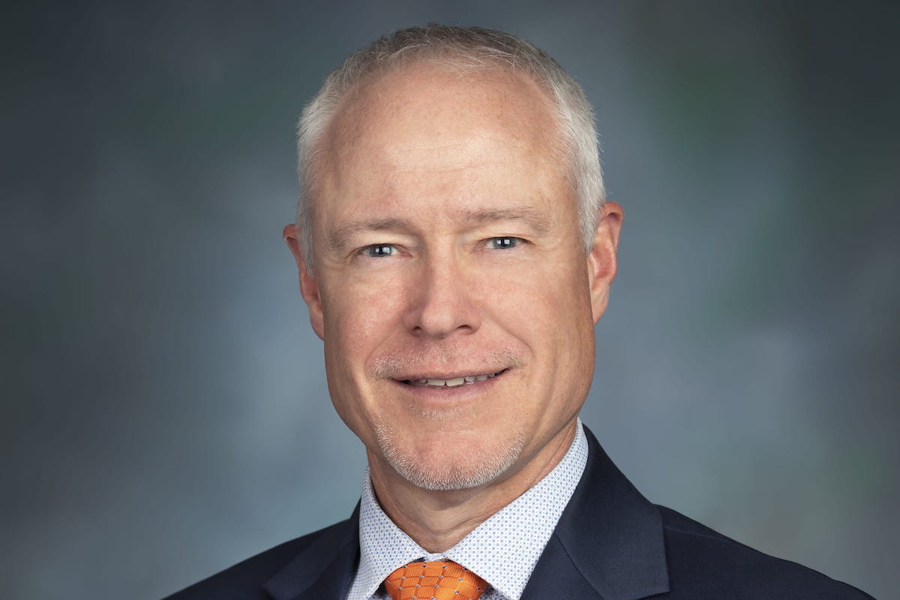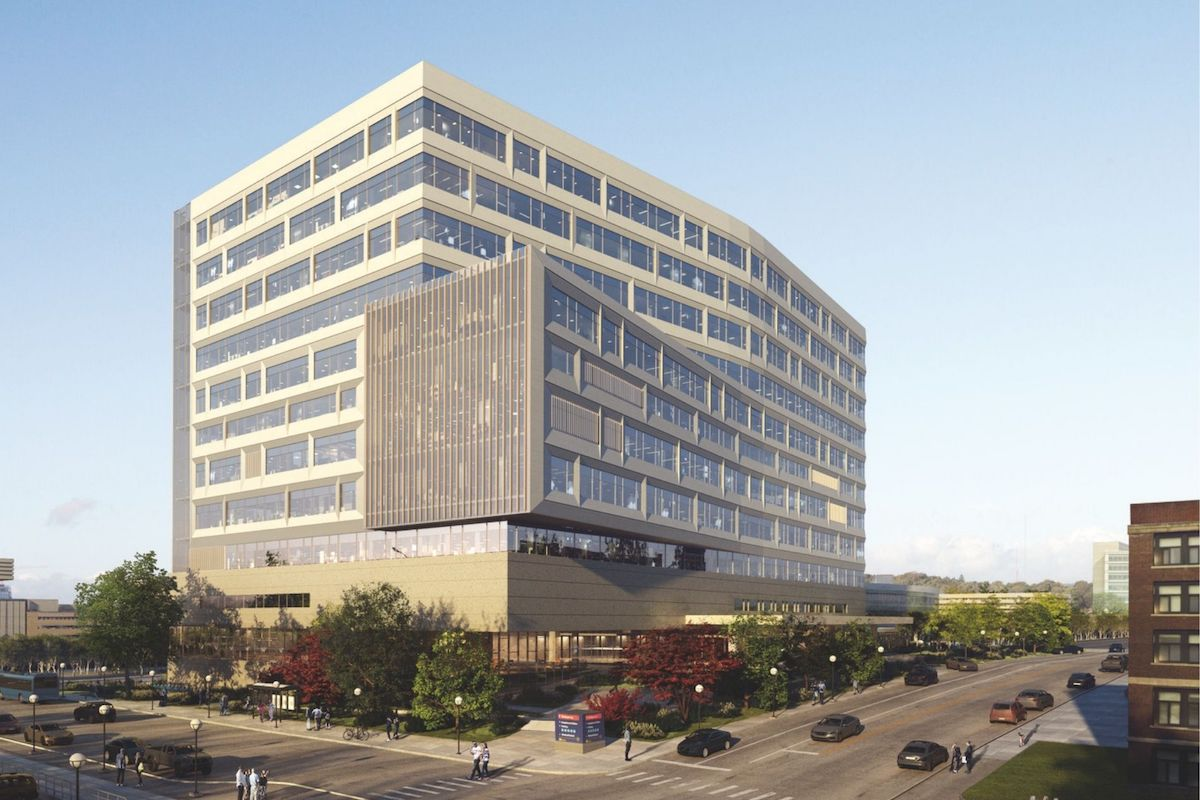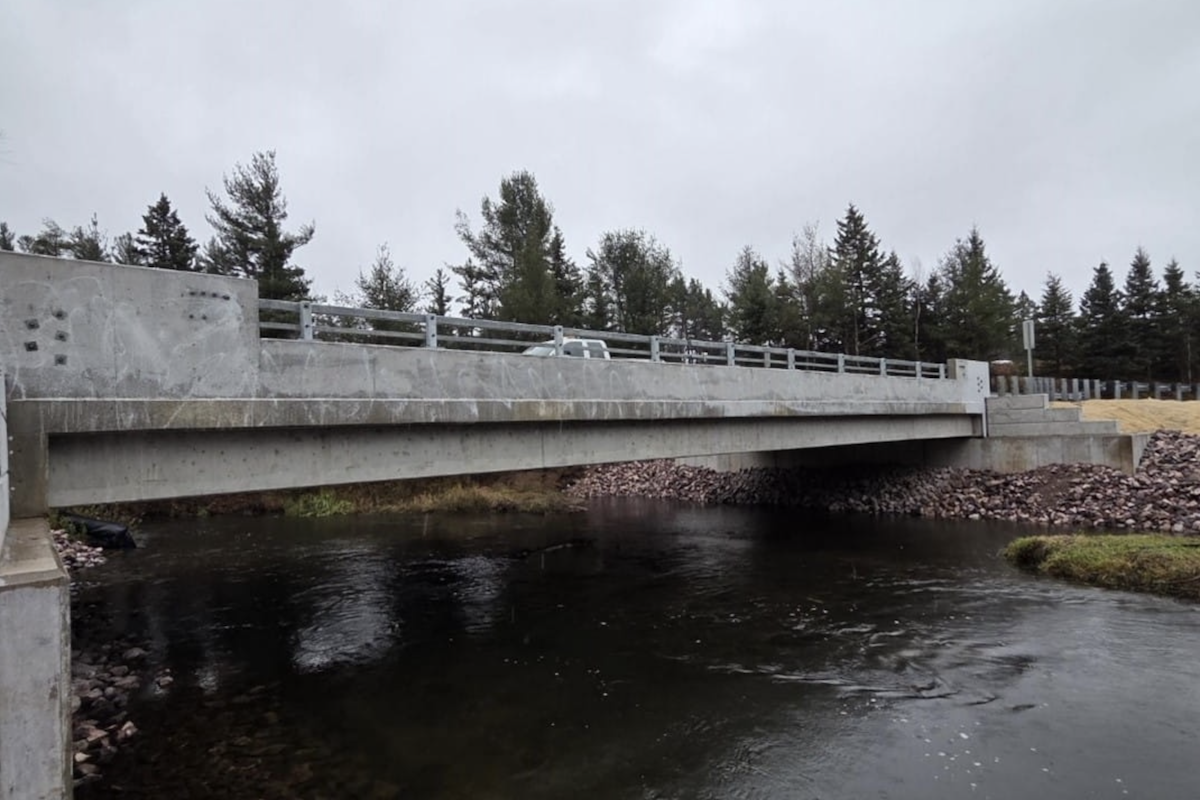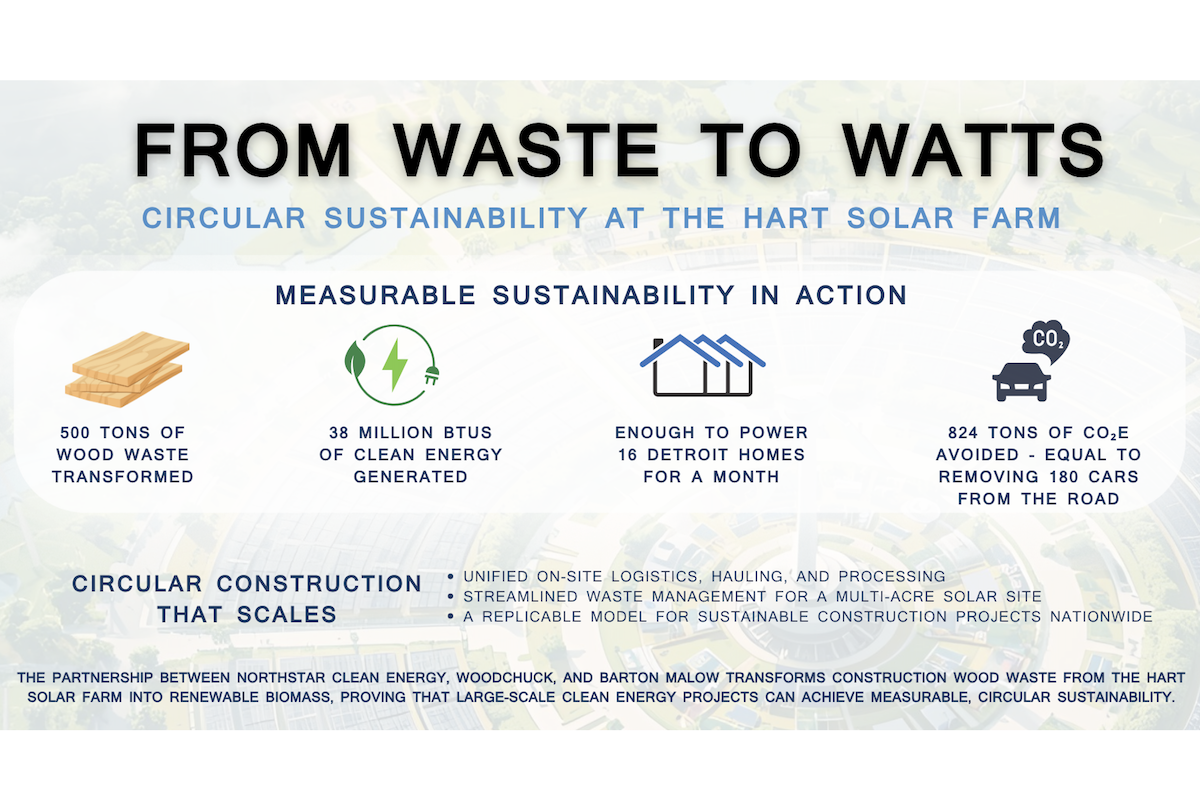This project will extend the 95 Express Lanes, a reversible facility that operates on a schedule based on congestion patterns, 10 miles south of their current endpoint. Once opened, commuters will be able to travel 50 miles via the 95 Express Lanes between Washington, D.C., to near Fredericksburg.
During the morning rush hour, traffic will be headed north from Virginia to DC and then reversed for the afternoon rush hour in what is one of the most complex reversal systems in the nation. “It takes one and a half to two hours to reverse the system,” says Amanda Baxter, Senior Vice President, Virginia Market and Operations for Transurban North America. “It involves resetting 155 gate sets. We have full camera coverage and a drive team to make sure the gates are closed, and everyone is safely off the facility, before opening in the new direction.”
Other elements of the project include the construction of three new access points to the Express Lanes. At one access point, the team is constructing fly-in and out ramps. At a second access point, the Commonwealth expanded a park and ride lot to take advantage of the Express Lanes multi-modal benefits where carpools with three or more people and buses travel the lanes for free. At the third access point, the southern end point, the project team has coordinated with the Virginia Department of Transportation’s (VDOT) Rappahannock River crossing projects to ensure full integration with Fred Ex.
Along the route, the team is also building seven new bridges – including one that spans the Potomac Creek – two I-95 overpasses, and three new noise barriers.

| Your local Deere & Co dealer |
|---|
| AIS Construction Equipment |
The work on this aspect of the project slowed, while special engineering techniques were applied to make the ground suitable to have road construction completed on top of it.
Extra soil had to be moved offsite as part of the mitigation process. This occurred in 2020 and 2021, when some people had not returned to work due to the pandemic. Therefore, the contractor struggled to find sufficient staffing to move the earthworks. Another COVID-related issue was acquiring steel. Most of the steel was ordered before the pandemic hit the U.S., but the delays made obtaining steel challenging.
An additional challenge came in the form of identifying more wetlands than anticipated. The team had mitigation obligations to fulfill for these as well.
The general contractor would be given additional time to complete the job, with a new opening date by December 2023. To compensate for the additional work and time needed to complete the job, the contractor was also provided an additional $102 million. The new agreement also included incentives to open the 10 miles of Express Lanes and the southern endpoint connections by August or September of 2023. Other aspects of the projects do not need to be completed for the JV to receive the incentive.
“Working with VDOT and the joint venture, we have been able to right the ship and get the project on track to target main line opening around August and to have full-service commencement by December,” Baxter says.
The new agreement and August incentive increased the $565 million project budget, but the burden falls on Transurban. As the private partner in the P3, they hold all the risk. The incentive is worth it, according to Baxter as it affirms "... our commitment to the Commonwealth for congestion relief."
Baxter points out two reasons why the team can meet the new deadlines. The incentive had its desired impact as the joint venture has been very responsive to the new date. Plus, the management team adjusted the frequency of their meetings. “Those at the highest levels of each organization meet regularly, which helps us get through challenges more quickly,” Baxter says.
Fred Ex will increase roadway capacity by 66 percent in the peak direction and it’s estimated that the new facility will move 30 percent more people and 23 percent more vehicles compared to traffic condition that existed before construction began.
Transurban aims to keep vehicles moving at a minimum 55 mph. One of the ways they do this is via dynamic, adjustable toll pricing.
They have installed roadside technology that collects thousands of data points per mile. It feeds a dynamic pricing algorithm minute by minute where prices can change up to every 10 minutes depending on the number of vehicles in the Express Lanes.
There are two pricing signs before each entry point, so drivers will know the cost and be able to make an informed decision before entering the system, once on the system the driver has locked in their price for their trip. Drivers can also check toll prices on a dedicated website and mobile phone app The average toll on the current 95 Express Lanes is around $8 to $10.
To enter the 95 Express Lanes, drivers need an E-ZPass, or they will receive a bill in the mail for their trip. Cars with one or two people will pay to use the Lanes. However, if three or more people are in a car, there is no charge with the use of an E-ZPass Flex. Transurban worked with VDOT to develop this technology to make carpooling more enticing. Buses and motorcycles can also use the Express Lanes for free.
Finally, Transurban has developed roadside equipment that communicates with autonomous vehicles, providing the vehicle with the data needed to navigate the corridor safely and efficiently. Transurban has partnered with autonomous vehicle developers, Virginia Tech, Federal Highway Administration, and VDOT to test these capabilities over the years.
When Fred Ex opens, commuters will have more options and greater reliability in the congested area of Washington, D.C.
Photos courtesy of the Virginia Department of Transportation







































































